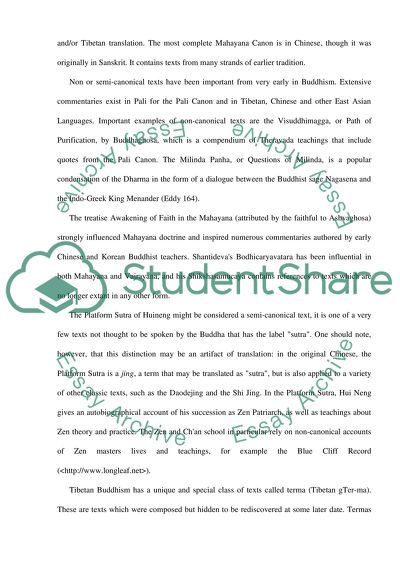Buddhist canonical texts Essay Example | Topics and Well Written Essays - 1000 words. Retrieved from https://studentshare.org/miscellaneous/1521385-buddhist-canonical-texts
Buddhist Canonical Texts Essay Example | Topics and Well Written Essays - 1000 Words. https://studentshare.org/miscellaneous/1521385-buddhist-canonical-texts.


